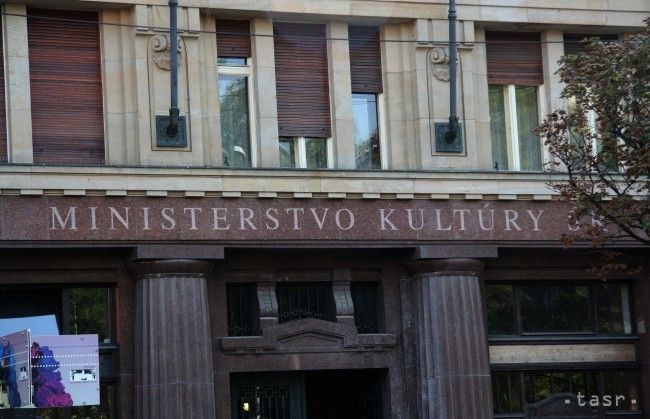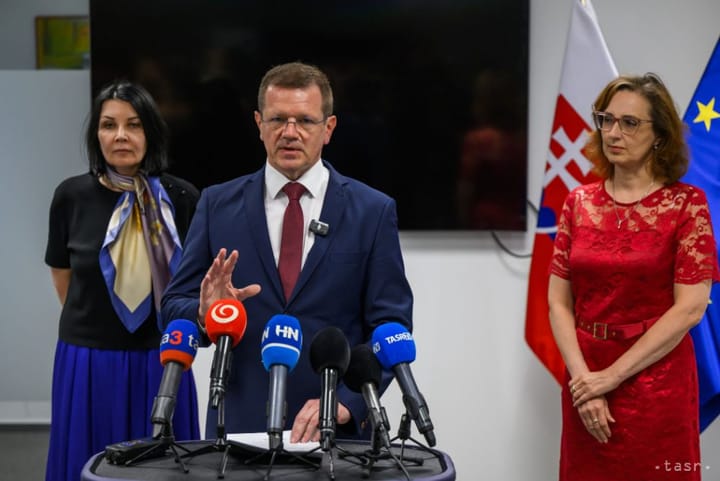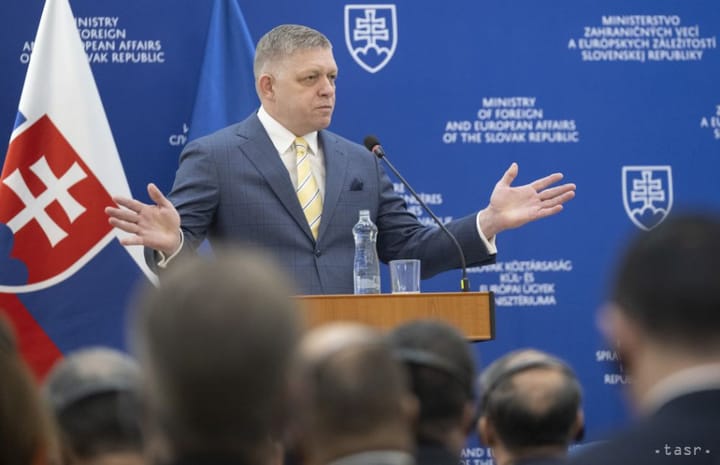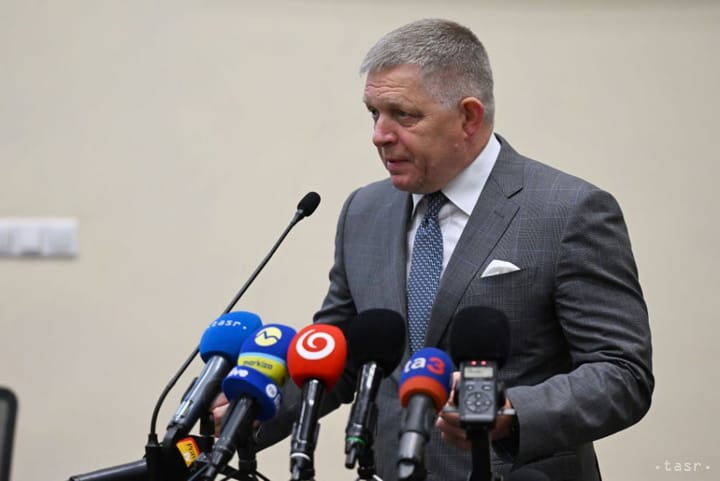Exhibition of 1956 Hungarian Revolution Opens at Slovak Culture Ministry

Bratislava, October 20 (TASR) – An exhibition entitled ‘For Freedom and Independence’ with the subtitle ‘Two Weeks of Freedom’ was opened on the Slovak Culture Ministry’s courtyard as part of Slovakia’s Presidency of the EU Council on Thursday in order to commemorate the 1956 Hungarian Revolution against that country’s communist government.
At the event, which was attended by a host of politicians, ambassadors and other guests, Madaric stated that the Hungarian Revolution in some way concerned all countries of the erstwhile Soviet bloc, and mainly the current Visegrad Four countries (the Czech Republic, Hungary, Poland and Slovakia). These nations suffered under similar oppression, and they all attempted to resist it at their own particular moments.
“Unfortunately, it emerged that neither the open fight of the Hungarians, nor the mass strikes of the Poles and reform efforts of Czechs and Slovaks were able to change the situation behind the Iron Curtain. Nevertheless, these thrusts had huge meaning not only in symbolic, but also practical terms. They gradually weakened and undermined the communist regime, leading to reforms in the Soviet Union of the 1980s, which eventually led to the fall of the regimes. I want to stress that if it hadn’t been for 1956, there perhaps would have been no 1968 and 1989,” said Madaric.
Hungarian Minister of Human Resources Zoltan Balog praised the courage of his countrymen in 1956. “It was the first armed resistance against the occupiers in central Europe,” he said.
The panel exhibition is aimed at acquainting visitors with the history of the revolution, which took a mere two weeks but made a global impression. It pays tribute to Budapest students, whose march on October 23 puzzled the communist government, which didn’t know whether it should support the move or not. Nonetheless, Soviet troops stationed in Hungary were concentrated in Budapest on the very next day and intervened.
The exhibition, taking place until October 30, is part of a larger event entitled Year of Hungarian Freedom 1956-2016, featuring, for example, a conference of historians called ‘Impact of the 1956 Hungarian Revolution on Czechoslovakia’ organised at the Hungarian Institute.



